Are lens upgrades something you should consider? Most of you will have heard of the term kit lens. It’s a slightly derogatory term for the lens that is sold as part of a camera package. Its raison d’etre is to provide newcomers with a basic lens to shoot with when they buy their first camera.
When I say slightly derogatory, I mean that some photographers tend to look down their noses at people using kit lenses. These days, however, very few kit lenses are poor, most are good and some are exceptional.
However, whilst a newcomer might cut their teeth on a kit lens, once they start to become more proficient in photography there will be the urge to buy new lenses. But which one to get? Of course, that very much depends on your own photographic style. However, there are some lenses that are extremely flexible and can suit most styles of photography. Today we will look at the five most versatile lens upgrades!
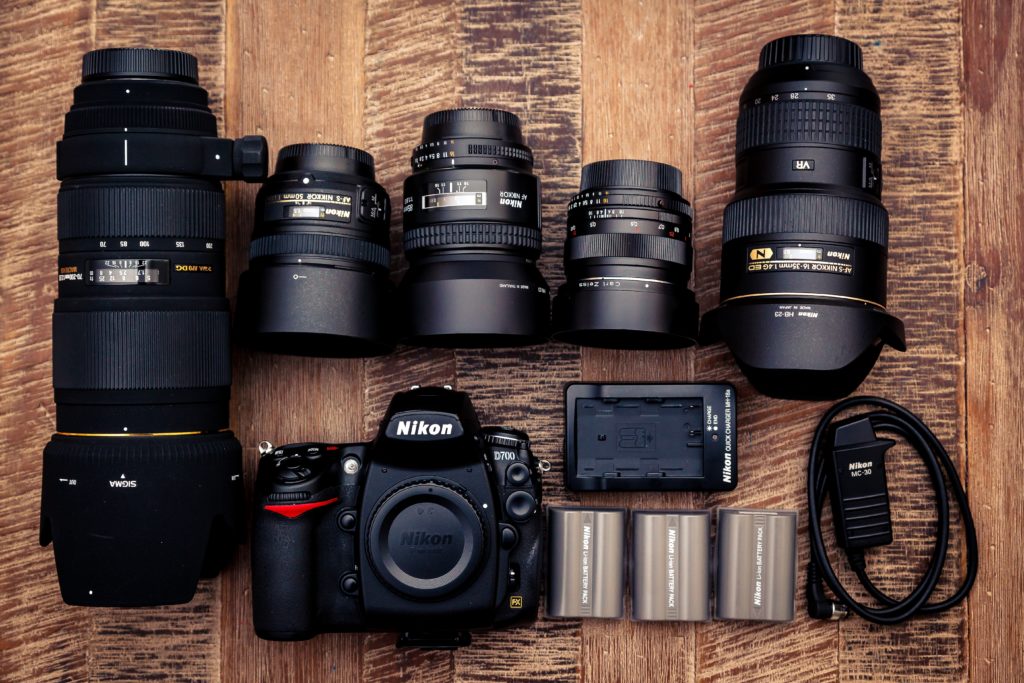
The Superzoom
As versatile lens upgrades go, the superzoom has to be one of the best. But what is a superzoom? It is a lens that will go from a moderate wide to a medium telephoto range. Typically on full-frame, this might be 28-200mm although the current longest range is the Tamron 18-270mm.
These superzooms, often known as travel lenses are extremely versatile:
- They allow the photographer to shoot both wide-angle and close up without the need for changing lenses.
- They are generally designed to be compact and lightweight, given the zoom range.

This compact design does however come at some cost. The lenses tend to be slower in terms of aperture at both ends of the zoom range. They also might miss out on features such as optical image stabilization. They are, however, often priced competitively and can make a compelling choice for photographers on a budget.
The Telephoto Superzoom Lens Upgrade
Another very versatile lens upgrade is a variation of the superzoom. The telephoto superzoom will go from moderate telephoto to extreme telephoto. Although these lenses tend to be significantly more expensive than the travel lens superzoom, they are also extremely useful.
- They are the best-suited lens upgrades to sports and wildlife photographers who need the versatility of a telephoto lens without having to carry multiple prime lenses.
- There is no typical range but one of the most common options is the 100-400mm.
- These lenses will be significantly bigger and heavier than travel lenses but will often include optical image stabilization as standard.
The OIS in some ways goes to negate the relatively slow apertures that the telephoto superzooms have. There are some extreme ranges to be had, for example, the Tamron 150-500mm. The downside is that at 500mm the maximum aperture is f/6.7.
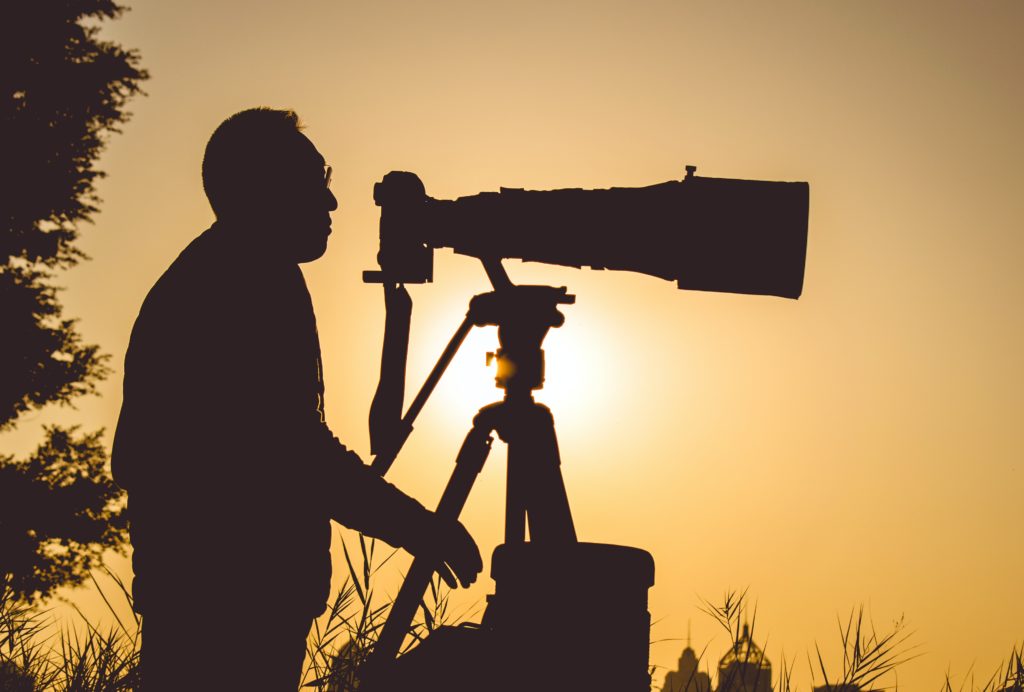
The Fast Standard
The kit lens provided with most cameras is what is known as a standard zoom. This means it goes from a moderate wide to a moderate telephoto. In full-frame terms, the most common kit lens range is 24-70mm. The caveat is that these lenses tend to be quite slow in terms of aperture. An aperture starting at f/4.0 and ending at f/5.6 would be quite common. Some cheaper camera systems might be even slower.
The alternative to this is the fast standard zoom. These will again be in the 24-70mm range but they will have a fixed aperture, usually of f/2.8. A fixed aperture is one that does not change as you zoom the lens, so at 70mm the aperture will still be f/2.8 as opposed to f/5.6. As you can see at moderate telephoto lengths, this is a significant improvement of two stops.
Fast standards are extremely versatile lens upgrades.
- They allow the photographer to handhold down to much slower shutter speeds.
- Many will include optical image stabilization, pushing what you can achieve in low light even further.
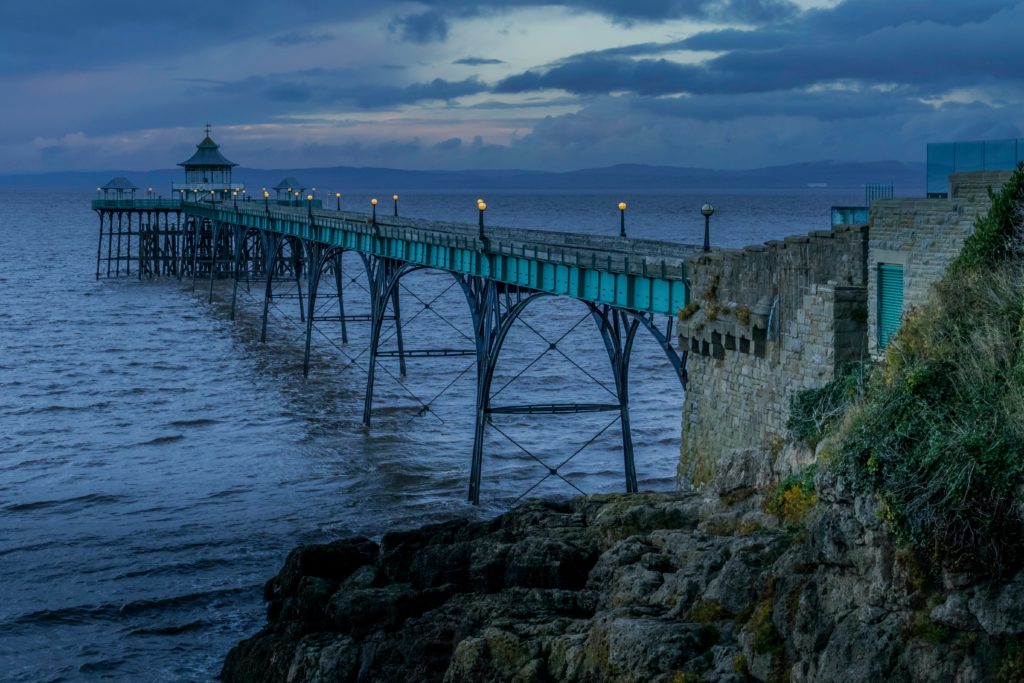
There are two significant downsides to the fast standard. The first is price. Most fast standards will cost well in excess of $1000 making them an expensive proposition to the new photographer. The second is the weight. The much larger glass needed for a fast standard can make these lenses significantly heavier.
The Nifty Fifty
A limited prime might seem an odd choice as a versatile lens upgrade. However, the nifty fifty can be an extremely useful lens.
- First of all, they are compact and light.
- Despite that, they are often fast lenses, typically f/1.8 or even f/1.4.
- Lastly, they are amongst the cheapest lenses that you can buy, either new or second-hand.
There is another, less tangible versatility of the nifty fifty. As a photographer, it makes you think much more about composition. If you cannot fit the entire subject in, you need to move and recompose. Because the 50mm is a roughly similar field of view to our eyes, you need to think much more carefully about your composition, avoiding the ordinary eye-level shots.

The Wide Angle Zoom Lens Upgrade
The last lens on our list is the wide-angle zoom. Wide angles are extremely versatile lenses, especially for urban, landscapes and seascapes. In the days of film, wide angles were their preserve of prime lenses. However, in the last 15 years or so, there has been a significant move towards wide-angle zooms.
The advantages of this are that we can now go from ultra-wide to moderate wide in one lens. Perhaps the genesis for this type of lens was the Nikon G 14-24mm f/2.8. This beast of a lens redefined the concept of the wide-angle.
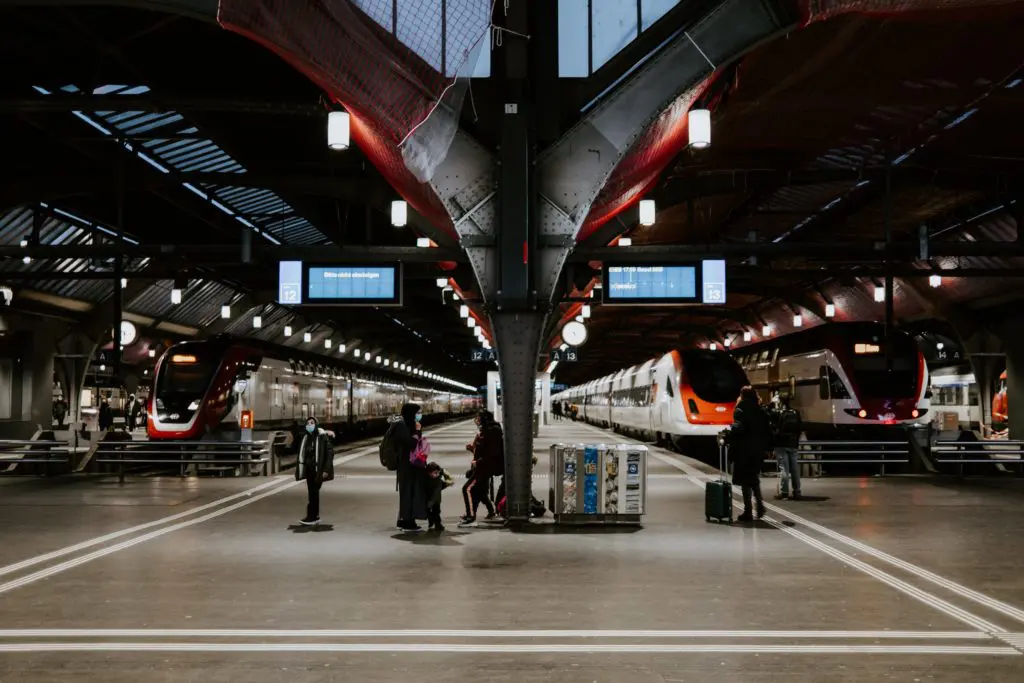
These days, all manufacturers have at least one wide-angle zoom in their inventory. Not all are fast apertures, some forgo the f/2.8 for a slower aperture but a more budget-friendly price. Wide angles can be hard to shoot with and the main versatility of the wide-angle zoom is the ability to change the focal length to something a little less compositionally challenging without the need to carry multiple wide primes.
All lenses are a compromise in one way or another. The lenses we have detailed above are possibly the most versatile options that you can buy. They are now all cheap, the telephoto superzooms and fast standard zooms may well set you back four figures. However, in terms of what they can achieve without having to carry multiple other lenses, they are all very versatile.
Further Reading:
- 3 Reasons a 28mm Lens Is My Favourite Focal Length
- 85mm Lens Uses: It’s Not Just For Portraits
- 10 Things to Look Out For When Buying A Used Lens
- Ready to Upgrade Your Kit Lens? Tips For Which Lens To Invest In Next
- Upgrading Your Kit Lens – What Optic To Choose Next
- Upgrade Your Lens First And Not Your Camera



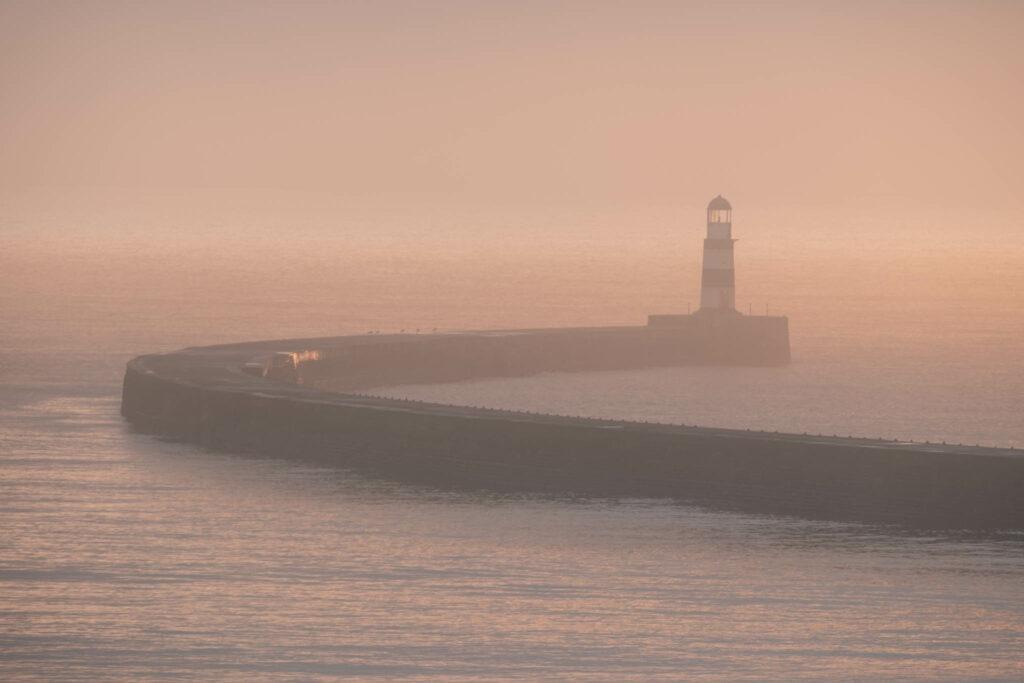

2 Comments
first 3 the links at the bottom all point to same 28mm article at https://www.lightstalking.com/28mm/
Ooops! Thanks, just fixed it.